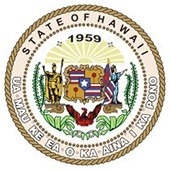Frontiers of Knowledge: What Gives Particles Mass? Searching for the Higgs Boson
(View Complete Item Description)More than two dozen UC San Diego physicists are working with hundreds of other scientists at CERNŐs Large Hadron Collider near Geneva, searching for a subatomic particle called the ŇHiggs boson.Ó How are they doing it? What have they found thus far? And why is this search considered one of civilizationŐs greatest quests? UC San Diego Professor of Physics Vivek Sharma, who directs the Higgs search for the CMS collaboration, explains what physicists hope to achieve at the worldŐs largest scientific experiment, involving an estimated 10,000 individuals from 60 countries. (57 minutes)
Material Type: Lecture







